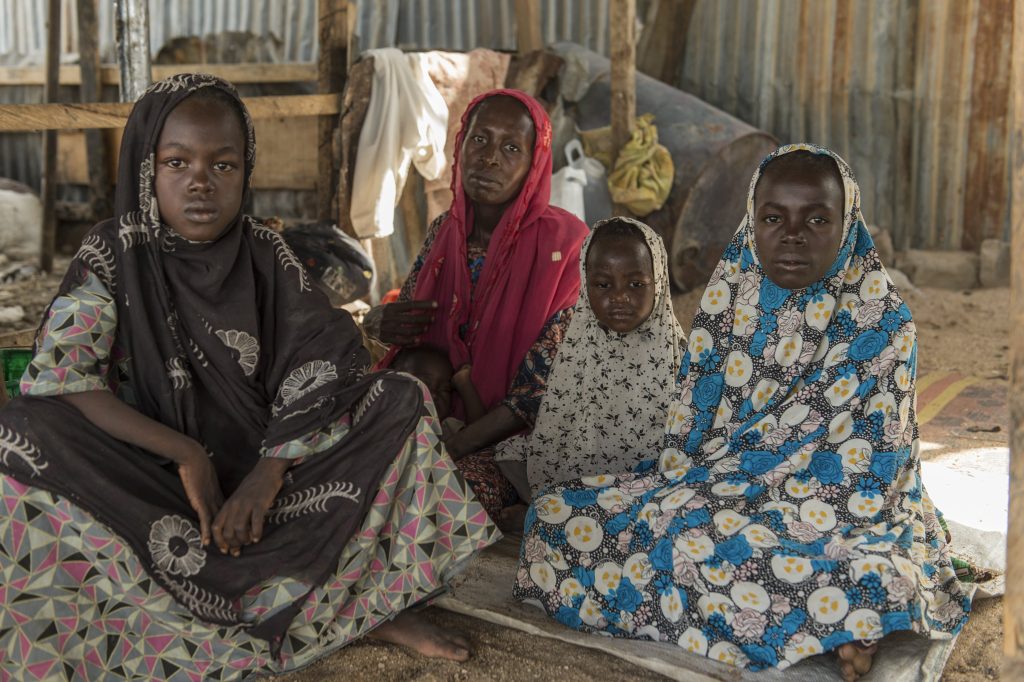You’ve likely seen the news about war in South Sudan, Syria, and Yemen. But what about drought-stricken farmers in Mauritania, cyclone survivors in Madagascar, or displaced families in Angola?
When a crisis fades from the headlines — or never makes the news — it can be difficult for the international aid community to raise money to respond. Because most of the UN’s funding is earmarked by donors for specific operations or countries, under-reported emergencies often go under-funded. This also means that when a natural disaster strikes or violence erupts unexpectedly, UN agencies have to solicit new donations.
This is where the Central Emergency Response Fund — or CERF — comes in. Established by the UN General Assembly as a “fund for all by all,” CERF has two key objectives: 1) To deliver funding to humanitarian responders as quickly as possible and 2) to provide crucial funding to the world’s most neglected and underfunded disasters.
Since its launch in 2006, CERF has provided more than $5 billion of lifesaving assistance to 100 countries in crises. This includes food relief, health care, shelter, water and sanitation, and livelihood support.
What Makes CERF So Essential?
- It Reduces Response Time: When it comes to humanitarian action, saving time means saving lives. But fundraising and signing agreements with donors takes time. CERF’s rapid-response grants, on the other hand, can be deployed in a matter of hours so emergency responders can get to work right away. When an earthquake struck Haiti in 2010, for example, CERF resources were unlocked in just 10 hours.
- Assists Refugees and Internally Displaced Persons: In 2016, two-thirds of CERF’s allocations supported millions of people forced out of their homes by violence, instability, and natural disasters, as well as the host communities who welcomed these families. This assistance comes at a crucial moment: There are more displaced people worldwide than any other time in human history.
- Empowers Humanitarian Responders: Because CERF funds are flexible and un-earmarked, UN agencies and partners are better able to strategically and collectively allocate these resources based on real-time data and expertise on the ground. In this way, CERF enhances collaboration and coordination among emergency responders and helps avoid duplicate efforts or competition over scarce resources.
- Provides Reliable Resources: In a world of unknowns, CERF offers a source of predictable funding. This is critical because UN agencies like the World Food Programme (WFP) and the UN Children’s Fund (UNICEF) are voluntarily funded, which means they often grapple with funding shortfalls and pipeline breaks when crisis strikes.
- Supports Local and NGO Partners: Each year, approximately 25% of CERF funds are implemented by non-governmental groups and other local UN partners on the ground, which boosts local capacity and community participation.
- Stretches Dollars and Enhances Trust: CERF has reduced its overhead cost to just 2%, making it one of the most cost-effective ways to support humanitarian aid. The fund is also at the forefront of promoting transparency in aid delivery. CERF publishes all grant decisions in real-time on its website and the international community’s Financial Tracking Service (FTS). CERF also tracks and publishes how UN agencies are deploying its resources.
- Contributes to the Sustainable Development Goals: As a lifeline for the world’s most urgent and neglected emergencies, CERF represents a cornerstone of the world’s shared agenda: To reach the furthest behind first.
Just last month, CERF released $15 million in emergency funding to support families affected by inter-communal violence in Ethiopia. These resources will be used to provide water, sanitation, and hygiene services to 600,000 people, as well as health care services for an additional 175,000 people.
By providing life-saving humanitarian relief whenever and wherever it’s needed most, this fund expands the reach of its donors to all catastrophes — whether new, worsening, or forgotten.
As leaders from the UN’s 193 Member States convene next month at the annual UN General Assembly, CERF — which was created by the UN General Assembly in 2005 — can serve as an example of how innovation and collaboration through the UN can deliver help to people in the world’s toughest crises.
From UN Member States to everyday citizens across the globe, anyone can contribute to this lifesaving emergency response fund. At a time of unprecedented humanitarian need and human suffering, CERF needs your support now more than ever.

